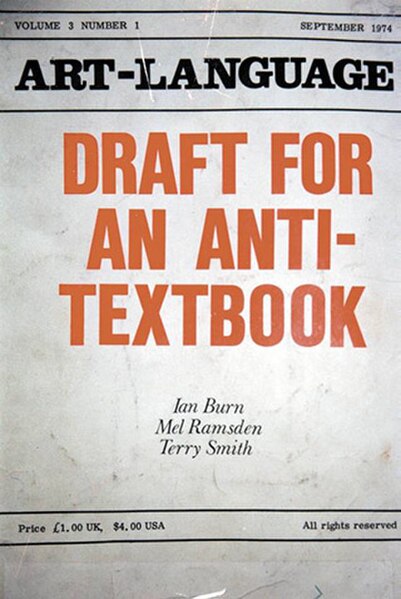Neo-conceptual art describes art practices in the 1980s and particularly 1990s to date that derive from the conceptual art movement of the 1960s and 1970s. These subsequent initiatives have included the Moscow Conceptualists, United States neo-conceptualists such as Sherrie Levine and the Young British Artists, notably Damien Hirst and Tracey Emin in the United Kingdom.
The Shapes Project by artist Allan McCollum
John LeKay Untitled, 1991, ladder and wheelchair
Stuckists' "Death of Conceptual Art" coffin demonstration, 2002
Conceptual art, also referred to as conceptualism, is art in which the concept(s) or idea(s) involved in the work are prioritized equally to or more than traditional aesthetic, technical, and material concerns. Some works of conceptual art may be constructed by anyone simply by following a set of written instructions. This method was fundamental to American artist Sol LeWitt's definition of conceptual art, one of the first to appear in print:In conceptual art the idea or concept is the most important aspect of the work. When an artist uses a conceptual form of art, it means that all of the planning and decisions are made beforehand and the execution is a perfunctory affair. The idea becomes a machine that makes the art.
Detail, Memorial for the Victims of Nazi Military Justice by monumental sculptor Olaf Nicolai, Ballhausplatz, Vienna
Marcel Duchamp, Fountain, 1917. Photograph by Alfred Stieglitz
Art & Language, Art-Language Vol. 3 Nr. 1, 1974
Lawrence Weiner. Bits & Pieces Put Together to Present a Semblance of a Whole, The Walker Art Center, Minneapolis, 2005.







